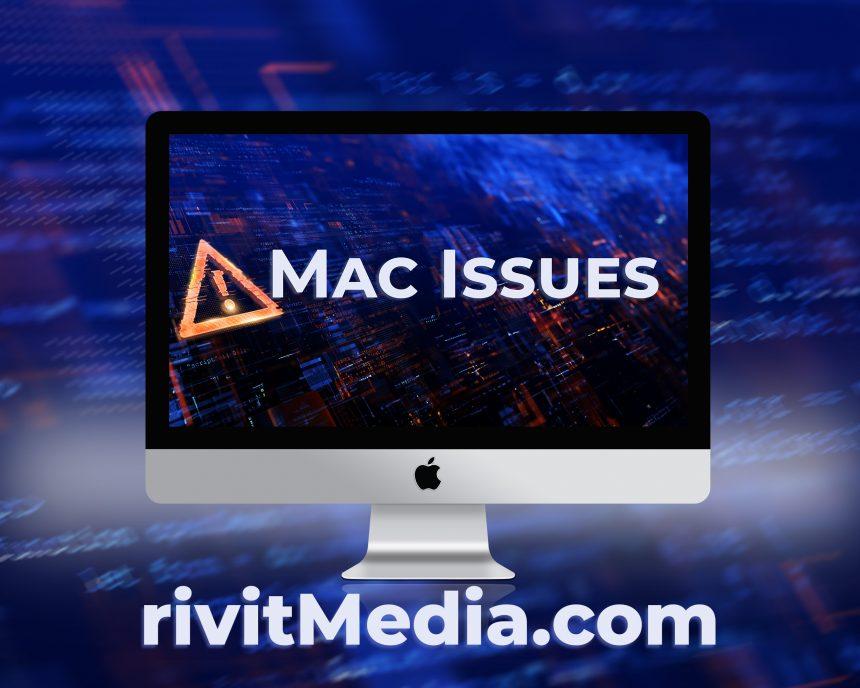The MultiTaskDesignation adware represents a significant threat to Mac users, manifesting as a form of intrusive pop-up designed to inundate systems with advertisements, unwanted applications, and disruptive browsing experiences. This article aims to elucidate the nature of this threat, its infiltration methods, impact, Mac-specific removal strategies, related threats, and proactive measures to bolster system security against similar adware incursions.
Understanding the Threat
MultiTaskDesignation operates as adware, utilizing deceptive mechanisms to infiltrate Mac systems. Often arriving bundled with other software or through deceptive prompts on untrustworthy websites, it commonly masquerades as fraudulent “Update Adobe Flash Player” alerts, exploiting user trust to gain access.
Infiltration and Impact
Once embedded within a system, MultiTaskDesignation manipulates browser configurations across popular browsers like Mozilla Firefox, Google Chrome, Internet Explorer, and Safari. Its primary goal is to inundate users with excessive advertisements, leading to compromised browsing experiences, decreased system performance, and the risk of being redirected to malicious websites. Moreover, the adware indulges in surreptitious data collection, compromising user privacy by tracking activities and harvesting personal data.
Type of Threat and Mac-Specific Removal Strategies
While not a traditional virus, MultiTaskDesignation exhibits adware and potentially unwanted program (PUP) traits, necessitating immediate removal to mitigate security risks. Mac-specific removal involves:
- Step 1: Identify Suspicious Applications:
- Open Finder: Go to the “Applications” folder.
- Look for Suspicious Apps: Identify any unfamiliar or suspicious applications that might be related to the adware. Pay attention to recently installed apps or those you don’t recognize.
- Step 2: Uninstall Suspicious Applications:
- Drag to Trash: Drag the suspicious application to the Trash bin.
- Empty Trash: Right-click on the Trash bin and select “Empty Trash” to permanently remove the application.
- Step 3: Remove Adware Extensions from Browsers:
- Safari:
- Open Safari.
- Go to “Preferences” > “Extensions.”
- Remove any suspicious extensions by clicking on them and selecting “Uninstall.”
- Google Chrome:
- Open Chrome.
- Go to “More” (three dots) > “Extensions.”
- Remove any suspicious extensions by clicking “Remove.”
- Mozilla Firefox:
- Open Firefox.
- Go to “Add-ons” > “Extensions.”
- Remove any suspicious extensions by clicking “Remove.”
- Safari:
- Step 4: Clear Browser Cache and Data:
- Safari:
- Open Safari.
- Go to “Safari” > “Clear History…”
- Select the time range and click “Clear History.”
- Google Chrome:
- Open Chrome.
- Go to “History” > “Clear Browsing Data…”
- Select the time range and checkboxes for data to clear. Click “Clear Data.”
- Mozilla Firefox:
- Open Firefox.
- Go to “History” > “Clear Recent History…”
- Select the time range and the data to clear. Click “Clear Now.”
- Safari:
- Step 5: Reset Browsers (Optional):
- Resetting browsers can revert them to default settings, removing any lingering adware-related configurations. Be aware that this action removes saved passwords and browsing history.
- Step 6: Check Login Items:
- Go to System Preferences > Users & Groups.
- Click on your username > Login Items.
- Remove any suspicious items by selecting them and clicking the “-” button.
- Step 7: Run Malware Scans (Optional):
- Use built-in macOS security features or trusted anti-malware security software to run scans for any remaining adware or potential threats.
- Step 8: Restart Your Mac:
- After completing these steps, restart your Mac to ensure that the changes take effect and to verify if the adware has been successfully removed.
By following these steps, you can effectively remove adware from your Mac and restore a cleaner, smoother computing experience.
Similar Infections and Preventive Measures
Similar threats to MultiTaskDesignation include adware variants such as AdLoad malware, employing similar deceptive tactics for system infiltration. To prevent such infections:
- Exercise Caution Online: Refrain from downloading software from untrusted sources and avoid clicking on suspicious links or pop-ups.
- Regular Software Updates: Ensure the operating system and applications are regularly updated to patch vulnerabilities exploited by malicious software.
- Security Software Review: Employ native security tools on Mac systems or reliable security solutions that provide real-time protection against adware, PUPs, and other threats.
Conclusion
As Mac users navigate the digital landscape, the prevalence of adware threats like MultiTaskDesignation underscores the critical need for heightened vigilance and proactive security measures. By exercising caution online, users can significantly reduce the risk of adware infiltrations. Avoiding downloads from untrusted sources and steering clear of suspicious links or pop-ups acts as a crucial barrier against these deceptive incursions.
Regular software updates represent an indispensable facet of Mac system security. Keeping both the operating system and applications updated ensures the incorporation of crucial security patches, effectively fortifying defenses against potential vulnerabilities exploited by malicious software. This proactive approach minimizes the avenues through which adware, PUPs, and other threats can penetrate Mac systems, enhancing overall security.
Moreover, the utilization of native security tools or reliable security solutions tailored for Mac systems further bolsters defenses against adware and related threats. Employing these tools provides real-time protection, detecting and mitigating potential adware infiltrations before they can compromise system integrity. By leveraging these native security features or trusted security solutions, users can maintain a robust shield against evolving adware threats, safeguarding their Mac environments.
In essence, a multi-layered approach encompassing cautious online behavior, regular system updates, and the implementation of robust security tools remains paramount in the ongoing battle against adware and similar threats. By embracing these practices, Mac users can proactively defend their systems, ensuring a secure and uninterrupted computing experience while mitigating the risks posed by adware infiltrations.





